bisphenol A

bisphenol A structure
|
Common Name | bisphenol A | ||
|---|---|---|---|---|
| CAS Number | 80-05-7 | Molecular Weight | 228.286 | |
| Density | 1.1±0.1 g/cm3 | Boiling Point | 400.8±25.0 °C at 760 mmHg | |
| Molecular Formula | C15H16O2 | Melting Point | 158-159 °C(lit.) | |
| MSDS | Chinese USA | Flash Point | 192.4±17.8 °C | |
| Symbol |




GHS05, GHS07, GHS08, GHS09 |
Signal Word | Danger | |
Use of bisphenol ABisphenol A is a phenolic, organic synthetic compound widely used in the production of polycarbonate plastics and epoxy resins. Bisphenol A is a reproductive, developmental, and systemic toxicant, often classified as an endocrine-disrupting compound (EDC). Bisphenol A is associated with many diseases, including cardiovascular diseases, respiratory diseases, diabetes, kidney diseases, obesity, and reproductivedisorders[1][2][3]. |
| Name | bisphenol A |
|---|---|
| Synonym | More Synonyms |
| Description | Bisphenol A is a phenolic, organic synthetic compound widely used in the production of polycarbonate plastics and epoxy resins. Bisphenol A is a reproductive, developmental, and systemic toxicant, often classified as an endocrine-disrupting compound (EDC). Bisphenol A is associated with many diseases, including cardiovascular diseases, respiratory diseases, diabetes, kidney diseases, obesity, and reproductivedisorders[1][2][3]. |
|---|---|
| Related Catalog | |
| Target |
Human Endogenous Metabolite |
| References |
| Density | 1.1±0.1 g/cm3 |
|---|---|
| Boiling Point | 400.8±25.0 °C at 760 mmHg |
| Melting Point | 158-159 °C(lit.) |
| Molecular Formula | C15H16O2 |
| Molecular Weight | 228.286 |
| Flash Point | 192.4±17.8 °C |
| Exact Mass | 228.115036 |
| PSA | 40.46000 |
| LogP | 3.43 |
| Vapour Pressure | 0.0±1.0 mmHg at 25°C |
| Index of Refraction | 1.599 |
| InChIKey | IISBACLAFKSPIT-UHFFFAOYSA-N |
| SMILES | CC(C)(c1ccc(O)cc1)c1ccc(O)cc1 |
| Storage condition | Refrigerator |
| Water Solubility | <0.1 g/100 mL at 21.5 ºC |
CHEMICAL IDENTIFICATION
HEALTH HAZARD DATAACUTE TOXICITY DATA
MUTATION DATA
|
| Symbol |




GHS05, GHS07, GHS08, GHS09 |
|---|---|
| Signal Word | Danger |
| Hazard Statements | H317-H318-H335-H361f-H411 |
| Precautionary Statements | P261-P273-P280-P305 + P351 + P338 |
| Personal Protective Equipment | Eyeshields;Faceshields;full-face particle respirator type N100 (US);Gloves;respirator cartridge type N100 (US);type P1 (EN143) respirator filter;type P3 (EN 143) respirator cartridges |
| Hazard Codes | Xn:Harmful |
| Risk Phrases | R37;R41;R43;R62 |
| Safety Phrases | S26-S36/37/39-S45-S46-S39-S36/37 |
| RIDADR | UN 3077 9 / PGIII |
| WGK Germany | 2 |
| RTECS | SL6300000 |
| HS Code | 2907230001 |
| Precursor 10 | |
|---|---|
| DownStream 10 | |
| HS Code | 2907230001 |
|---|---|
| Summary | 2907230001 4,4'-(propane-2,2-diyl)diphenol VAT:17.0% Tax rebate rate:9.0% Supervision conditions:none Lowest tariff:5.5% General tariff:30.0% |
|
Highly sensitive electrochemical biosensor for bisphenol A detection based on a diazonium-functionalized boron-doped diamond electrode modified with a multi-walled carbon nanotube-tyrosinase hybrid film.
Biosens. Bioelectron. 74 , 830-5, (2015) A highly sensitive electrochemical biosensor for the detection of Bisphenol A (BPA) in water has been developed by immobilizing tyrosinase onto a diazonium-functionalized boron doped diamond electrode... |
|
|
Effects of Endocrine Disruptor Compounds, Alone or in Combination, on Human Macrophage-Like THP-1 Cell Response.
PLoS ONE 10 , e0131428, (2015) The aim of the present study was to evaluate the immunological effects on human macrophages of four endocrine disruptor compounds (EDCs) using the differentiated human THP-1 cell line as a model. We s... |
|
|
Determination of bisphenols in beverages by mixed-mode solid-phase extraction and liquid chromatography coupled to tandem mass spectrometry.
J. Chromatogr. A. 1422 , 230-8, (2015) Facing growing restrictions on the use of bisphenol A in food contact materials, several bisphenol analogs are arising as major alternatives to replace this chemical in most of its applications. This ... |
| Parabis |
| 2,2-Bis(4-hydroxyphenyl)propane |
| Bicifadinum |
| Phenol, 4,4'-(1-methylethylidene)bis- |
| Hidorin F 285 |
| 4,4'-(1-Methylethane-1,1-diyl)diphenol |
| EINECS 201-245-8 |
| Bis(p-hydroxyphenyl)propane |
| MFCD03427359 |
| BPA |
| 4,4′-isopropylidenediphenol |
| 4,4'-Methylethylidendbisphenol |
| Bicifadino |
| bisphenol A |
| dimethyl bis(p-hydroxyphenyl)methane |
| 4,4'-propane-2,2-diyldiphenol |
| b,b'-Bis(p-hydroxyphenyl)propane |
| 4,4'-(2,2-Propanediyl)diphenol |
 CAS#:67-64-1
CAS#:67-64-1 CAS#:108-95-2
CAS#:108-95-2 CAS#:5109-95-5
CAS#:5109-95-5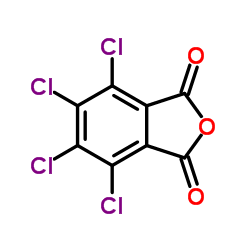 CAS#:117-08-8
CAS#:117-08-8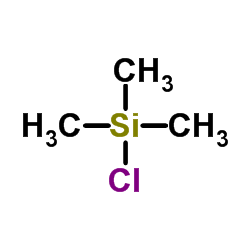 CAS#:75-77-4
CAS#:75-77-4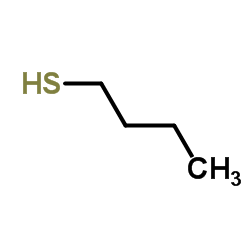 CAS#:109-79-5
CAS#:109-79-5 CAS#:2720-53-8
CAS#:2720-53-8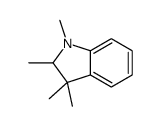 CAS#:13034-76-9
CAS#:13034-76-9 CAS#:119923-02-3
CAS#:119923-02-3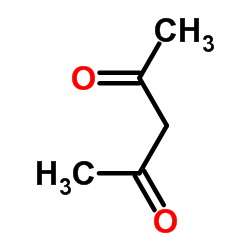 CAS#:123-54-6
CAS#:123-54-6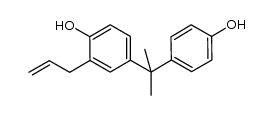 CAS#:109348-07-4
CAS#:109348-07-4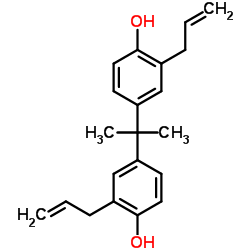 CAS#:1745-89-7
CAS#:1745-89-7![4-[2-(4-prop-2-enoxyphenyl)propan-2-yl]-2-prop-2-enylphenol structure](https://image.chemsrc.com/caspic/317/105577-85-3.png) CAS#:105577-85-3
CAS#:105577-85-3 CAS#:59501-41-6
CAS#:59501-41-6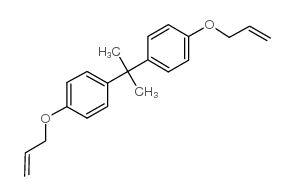 CAS#:3739-67-1
CAS#:3739-67-1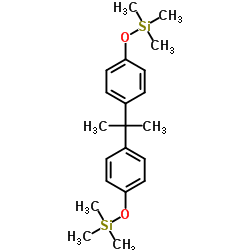 CAS#:4387-16-0
CAS#:4387-16-0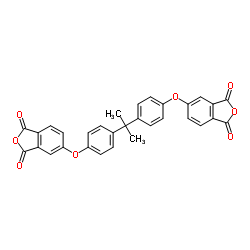 CAS#:38103-06-9
CAS#:38103-06-9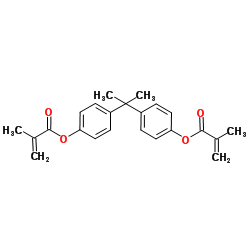 CAS#:3253-39-2
CAS#:3253-39-2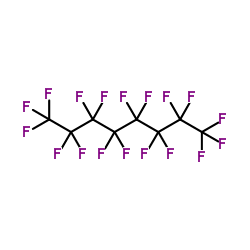 CAS#:307-34-6
CAS#:307-34-6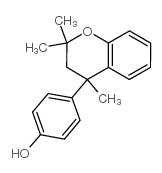 CAS#:472-41-3
CAS#:472-41-3
